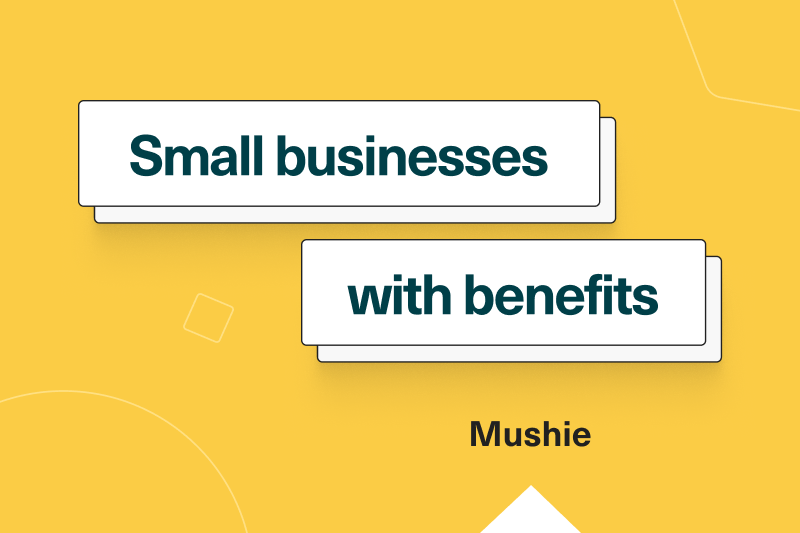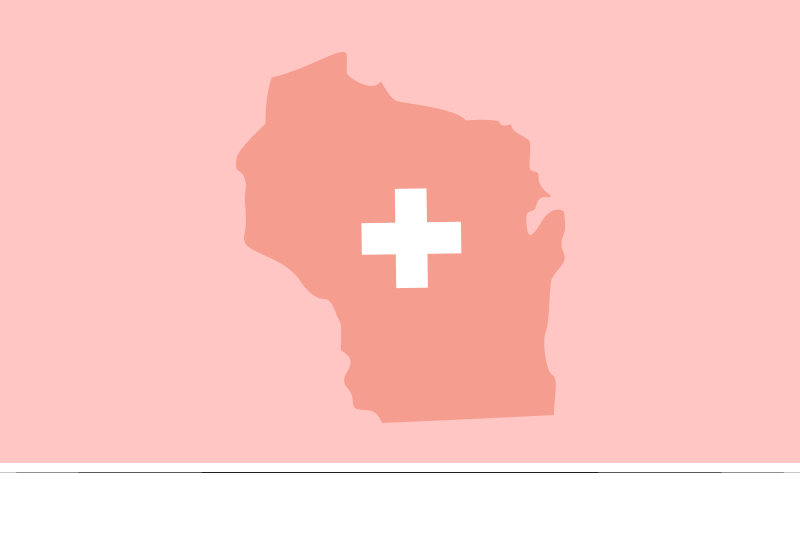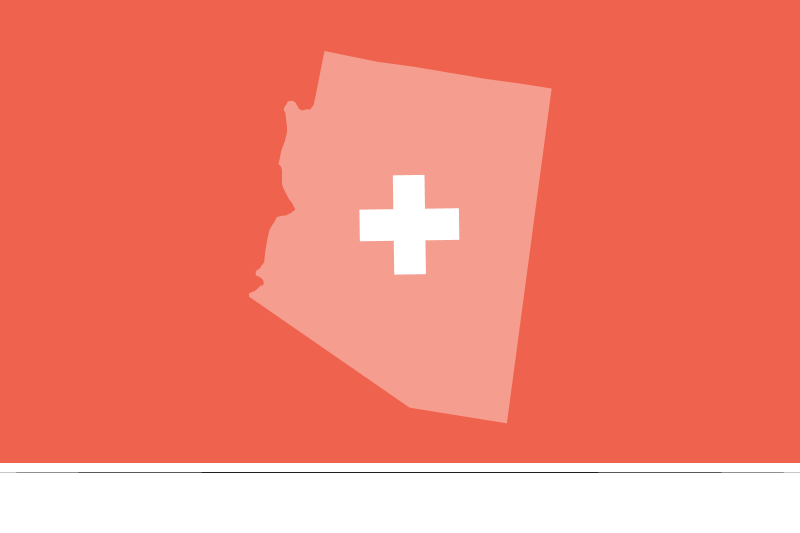Small businesses with benefits: Mushie

In this blog series, we ask Sana customers about their trials and triumphs as small business leaders.
These conversations offer a glimpse into how small businesses think about employee benefits and navigate HR challenges in the post-COVID era.
We interviewed Rebekah Francis, Vice President of Human Resources at Mushie — a modern baby brand that creates “thoughtfully designed products that bring calm to parenthood.” Mushie is based in Houston, TX and has 30 employees: 18 in-office and 12 in the warehouse.

With twelve years of HR experience, Rebekah is an expert in helping companies set up their HR functions and choose the benefits that will have the most positive impact on company culture. When she joined Mushie in 2021, she was tasked with building a benefits package from scratch and implementing HR practices that would allow the company to scale up from its then-tiny team.
In speaking with Rebekah, we were particularly inspired by her hands-on approach to benefits management. Keep reading to discover how she went about choosing the most helpful benefits for Mushie’s specific employee population, how she educates employees on their benefits, and what advice she’d give to fellow small business HR leaders.
Employee-first benefits selection
Rebekah’s health insurance advice for small business leaders is simple: “If you’re going to make this investment, start with your employees first and figure out what you need.”
But in this case, simple doesn’t mean easy… Figuring out what your employees need takes real and consistent legwork. It can also be a moving target as your employee population grows and changes.
“Making sure you understand who your people are and what their needs are” can take many forms, but for Rebekah it began with observing Mushie’s employee demographics on the whole. She noticed that most of Mushie’s employees were in their twenties, just starting out in their careers. So she knew that in order to get enough buy-in from the team to be eligible for a group health plan, she’d have to find cost-effective plan options and educate employees on the value of having high-quality health insurance as a young, healthy person.
Next, it was time to choose a health plan that met their needs. Rebekah conducted one-on-one conversations with employees to explain to them what types of plans the company could offer and how the company would share the cost of each.
“In some instances, I have even developed potential financial scenarios, which help an employee see what the impact would be to their paycheck.”
She ended up choosing Sana as Mushie’s health benefits provider because it offered the healthcare value she was looking for: plans at a price point her employees were comfortable with, while still including a robust suite of “extras” — such as virtual care, mental health coverage, health coaching, and more for $0 on most plans.
Now, when considering new benefits to add to the package in addition to Sana’s offerings, Rebekah sends out surveys so the team can vote on their preferences. This helps her choose the benefits that provide the greatest impact to the population as a whole.
She’s found that sometimes the easiest benefits to offer are the most appreciated — for instance, the Mushie team jumped at the opportunity to opt in to dental insurance. For many, it was their first time having it.
“The last thing you want is to spend money on something that is not helpful to the population you have.”
Continual benefits education for employees
After choosing and implementing the right benefits for the group, Rebekah knows that the key to successful benefits administration is “helping your team use the benefits that are given to them.”
Why? Because benefits are only valuable when they’re used.
It’s HR’s responsibility to remind employees of the benefits available to them and educate them on how to use them. This is especially true of benefits and perks that are no-cost to employees. It’s easy to forget about the benefits that don’t have a direct impact on your paycheck.
Rebekah also takes it upon herself to teach Mushie’s employees — who skew younger and may not have a lot of employer-sponsored healthcare experience — health insurance basics.
“I suggest scenarios that could apply under each plan type to ensure an understanding about ‘what could happen if’ for each [health plan] option and make sure they are aware of the basics between premium, deductible, co-pay, out of pocket max, etc.”
At the end of the day, Rebekah works hard to make benefits real for her team — by explaining their real cost, describing their real utility, and helping employees appreciate their real value. She wants everyone’s needs to be supported both at work and outside of work, and she knows that high-quality, highly utilized benefits are one of the most powerful tools in the HR leader’s arsenal.







